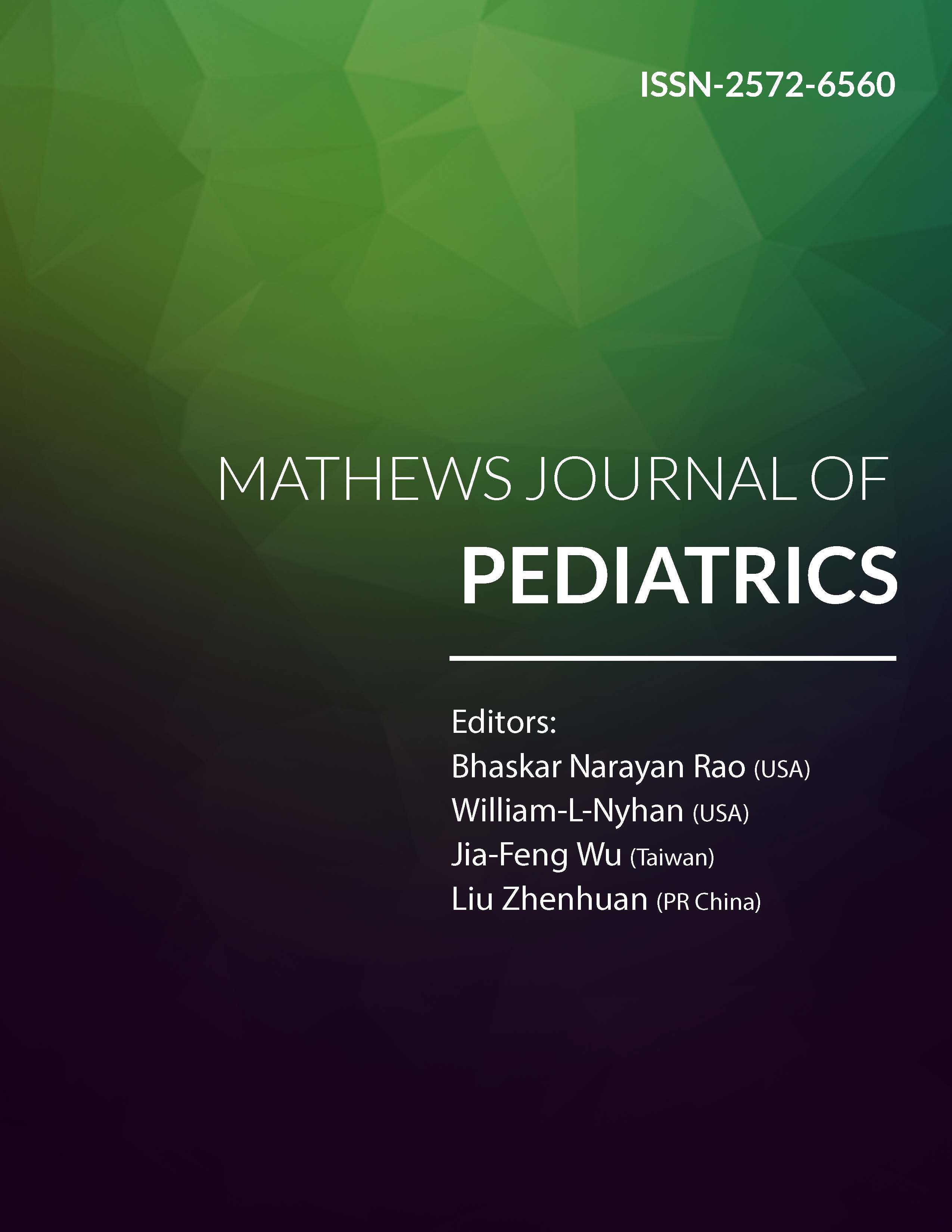
Information Links
Previous Issues Volume 5, Issue 2 - 2020
The Implications of a Housing Famine on Public Health
Noe D. Romo1*, Jeffrey Gershel1, Mindy Fullilove2
1Lewis M. Fraad Department of Pediatrics, NYC Health + Hospitals Jacobi, The Albert Einstein College of Medicine, Bronx, NY
2Department of Urban Policy and Health, The New School Parsons School of Art and Design, New York, NY
*Corresponding address: Noe D. Romo, 1400 Pelham Parkway Rm 8S7, Bronx, NY 10461, Tel: (718)-975-6358; E-mail: [email protected]
Received Date: November 11, 2020
Published Date: December 07, 2020
Copyright: Romo ND, et al. ©2020
Citation: Romo ND, et al. (2020). The Implications of a Housing Famine on Public Health. Mathews J Pediatr. (5)2:24.
COMMENTARY
In 1967 Dr. Martin Luther King spoke of the presence of two Americas, describing one as “overflowing with the milk of prosperity and milk of opportunity” and another where millions perish“…on a lonely island of poverty in the midst of a vast ocean of prosperity” [1]. Fifty years later, despite the achievements of the Civil Rights Movement, these two Americas persist. While many factors have contributed to this unfortunate situation, the current affordable housing crisis is worsening, and is exacerbated by segregation along racial and class lines. This problem is most pervasive in the keystonecities of Los Angeles (LA), San Francisco (SF) and New York City (NYC). In these areas, decades of underinvestment in housing for poorer people have contributed to a spreading housing famine. This has fueled displacement and gentrification, moving the problems of inadequate housing throughout the urban landscape. The existence of the two Americas and the associated social, political, and health effects of being a divided nation is thereby perpetuated.